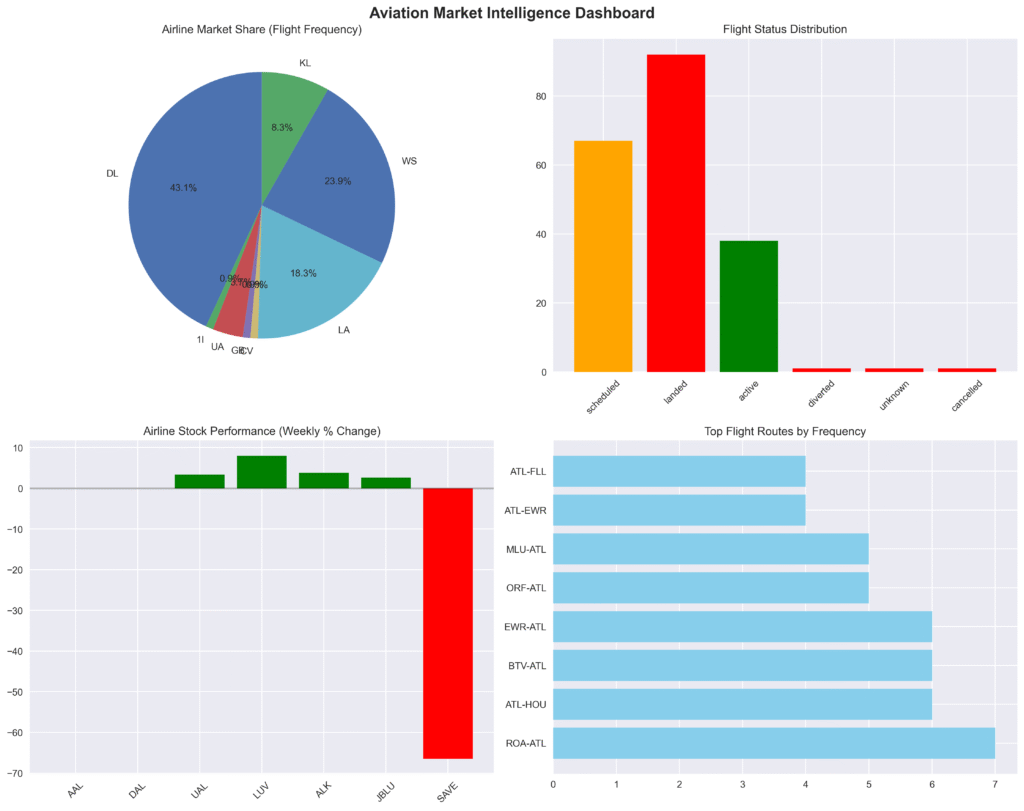
Exxon Mobil: Navigating Mixed Signals in Energy’s New Era
At $102.30 per share, Exxon Mobil presents investors with a puzzle wrapped in contradictions. The energy giant, with its $440.9 billion market cap and 13.57 P/E ratio, sits at a crossroads where artificial intelligence meets old-fashioned oil analysis.
Advanced machine learning models paint an optimistic picture, forecasting an 81% probability of upward movement. These algorithms, crunching technical indicators like on-balance volume and price ratios, see bullish momentum ahead. Meanwhile, news sentiment analysis reveals a mildly positive outlook, with 11 positive articles outweighing 6 negative ones from recent coverage.
Yet the human eye sees different details. XOM trades below both its 50-day and 200-day moving averages, suggesting recent sector weakness. The RSI of 38.1 indicates potentially oversold conditions, while increased trading volume at 1.72 times the 20-day average hints at heightened investor interest.
The company’s fundamentals remain solid. With $7.54 in earnings per share and consistent dividend payments, Exxon appeals to income-focused investors. Under CEO Darren Woods, the Irving-based company operates across the entire energy value chain while investing in carbon capture and hydrogen technologies.
Recent developments create uncertainty. A Guyana stake dispute could provide upside if resolved favorably, while production cuts and ongoing lawsuits present headwinds. Analyst price targets range from $105 to $144, suggesting potential 23% upside from current levels.
Here lies a classic investment trap: the tendency to place excessive weight on recent information while ignoring longer-term patterns. When short-term volatility dominates headlines, investors often make decisions based on the most recent news rather than underlying business fundamentals. The key is balancing immediate market signals with Exxon’s proven track record as an integrated energy leader.
The technical picture suggests caution with opportunity. Support appears near $100, while resistance sits around $104. The slightly oversold RSI combined with positive AI predictions creates an intriguing setup for patient investors.
Recommendation: Hold existing positions; consider accumulating on weakness below $100 with a stop-loss at $98.
RANDOM FOREST:
• Direction: 📈 BULLISH
• Probability of Increase: 81.0%
• Confidence Level: 81.0%
ENSEMBLE:
• Direction: 📈 BULLISH
• Probability of Increase: 81.0%
• Confidence Level: 62.0%
TOP TECHNICAL INDICATORS:
• obv: 0.123
• close_open_ratio: 0.074
• high_low_ratio: 0.063
• stoch_d: 0.058
• price_change: 0.050
Disclaimer: This analysis is for informational purposes only and should not be considered financial advice. Stock investments carry significant risk, including potential loss of principal. Consult with a qualified financial advisor before making investment decisions.





